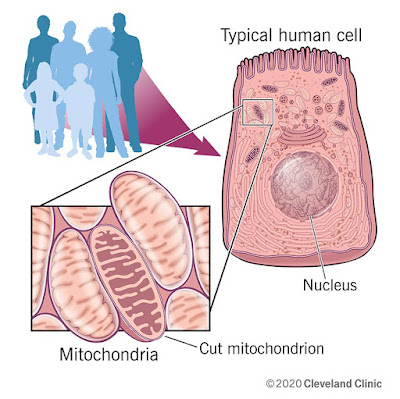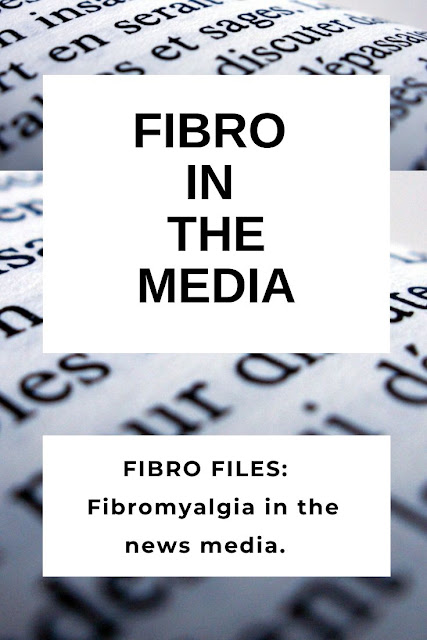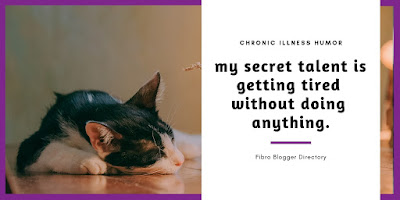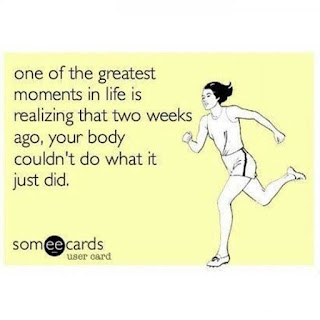In this series I am investigating what foods can help heal our body or even just help reduce some of the challenges of chronic illness. As well as fibromyalgia I am diagnosed with
autoimmune diseases, including
Sjogren's syndrome.
Since my early 20's I have been interested in the healing power of what we eat. I studied, and have a diploma in, herbal medicine.
Today I am writing about Dandelion Coffee and it's healing powers as it was brought to my attention in my facebook group that it is not well known. Considering it's amazing benefits and how it has helped me I thought I should highlight it here.
DANDELION THE HERB
Dandelion (Taraxacum officinalis) is a Digestive Bitter Herb.
In traditional herbal medicine, dandelion root has long been used to treat stomach and liver conditions due to its purported ability to “detoxify” the blood and be a general tonic.
Element profile of Dandelion:
Na 740 K 180 Li 78 Fe 19.5 Ca 106 Mg 6.4 Zn 2.32
It is rich in vitamins A, C, D, E, and B, inositol, lecithin, and minerals such as iron, magnesium, sodium, calcium, silicon, copper, phosphorus, zinc, and manganese.
Among vegetables, dandelion is one of the richest source of beta-carotene (11,000 µg/100 g leaves, same as in carrots), from which vitamin A originates.
In the past few years, dandelion has demonstrated health benefits including anti-rheumatic, anti-carcinogenic, diuretic, laxative, hypoglycemic, and chloretic effects.
Besides its use as a coffee substitute, the leaf extracts are known to have diuretic properties, which have now been confirmed scientifically, and be effective against obesity and cardiovascular disease.
Dandelion is on the FDA's list of safe foods.
Dandelion restores potassium rather than depleting it like conventional diuretics.
It promotes healthy digestive functioning.
It reduces pre-menstrual bloating caused by an excess of fluid build-up.
 |
| Dandelion (Taraxacum officinalis) is a Digestive Bitter Herb. |
DIFFERENT TYPES OF DANDELION
Dandelion is available in the of coffee, tea, capsules, and tablets. In Australia, where I live, it is available from health stores and larger supermarkets.
Dandelion coffee is made from the roasted roots and is known as a liver tonic and detoxifier.
Dandelion tea is made from dried leaves and is known as a diuretic that helps the body excrete excess fluid through urination.
is made from dried leaves and is known as a diuretic that helps the body excrete excess fluid through urination.
MY EXPERIENCE WITH DANDELION
I use to drink Dandelion root coffee many years ago as a university student. I enjoyed it and understood the many benefits due to having studied herbalism.
I don't know why I stopped drinking it... probably due to the cost as I was not working and also I did not have any illnesses.
I have remembered it recently when, added to my autoimmune conditions and fibromyalgia, I started having new digestive symptoms. I was rushing to the ER around every 3 months with severe stomach pain, nausea, vomiting and swollen belly.
I underwent many tests including a colonoscopy and endoscopy and ultrasound of the stomach. It was discovered that I had gallstones and an enlarged liver. This was a shock to me as I have a fairly healthy diet with lots of vegetables, wholegrains and fruit. My big 'treat' was my daily coffee.
 |
| I drink my dandelion coffee with soy milk or skim milk |
I remembered dandelion coffee and so I replaced my coffee intake over 3 days with dandelion coffee. At first replacing one of my 2 daily coffees with dandelion coffee and them both. I was amazed that it was a fairly easy transition.
I love the taste of dandelion coffee and I am reaping the benefits:
- my daily morning nausea has disappeared completely.
- no visits to the ER since October with excruciating stomach pain.
- less daily bloating in my fingers and toes that use to prevent me from making a fist every night.
MY RECOMMENDED DANDELION COFFEE


Are you thinking of trying dandelion coffee after reading this article? Are you already drinking it and appreciate it's wonderful benefit? I would love to hear from you in the comments below.
SUMMARY OF THE BENEFITS OF DANDELION COFFEE
Dandelion coffee, made from roasted dandelion roots, is a caffeine-free herbal drink often used as a coffee substitute. It offers several potential health benefits:
1. Liver Support
2. Digestive Aid
-
Acts as a mild diuretic and laxative, promoting healthy digestion and regular bowel movements.
-
Helps relieve bloating and indigestion.
3. Antioxidant Properties
4. Caffeine-Free Energy Boost
5. May Support Blood Sugar Control
6. Rich in Nutrients
-
Contains vitamins and minerals such as vitamin A, C, K, calcium, and iron, contributing to overall health.
7. Supports Kidney Function
8. Anti-Inflammatory Effects
SOURCES FOR THIS ARTICLE
The Physiological Effects of Dandelion (Taraxacum Officinale) in Type 2 Diabetes. Department of Endocrinology and Internal Medicine, Aarhus University Hospital, Tage-Hansens Gade 2, DK-8000 C, Denmark, 2016.
Elemental profile of 24 common medicinal plants of Pakistan and its direct link with traditional uses. Institute of Chemistry, University of the Punjab, Pakistan. Institute of Agricultural Sciences, University of the Punjab, Pakistan, 2011.
The Diuretic Effect in Human Subjects of an Extract of Taraxacum officinale Folium over a Single Day
Department of Herbal Medicine, Tai Sophia Institute, Laurel, MD.
2Massachusetts College of Pharmacy and Health Sciences, Boston, MA.
3National Institute of Neurological Disorders and Stroke, National Institutes of Health, Bethesda, MD.
4
Department of Herbal Medicine, Tai Sophia Institute, Laurel, MD.
2Massachusetts College of Pharmacy and Health Sciences, Boston, MA.
3National Institute of Neurological Disorders and Stroke, National Institutes of Health, Bethesda, MD.
4
Department of Herbal Medicine, Tai Sophia Institute, Laurel, MD.
2Massachusetts College of Pharmacy and Health Sciences, Boston, MA.
3National Institute of Neurological Disorders and Stroke, National Institutes of Health, Bethesda, MD.
4
Department of Herbal Medicine, Tai Sophia Institute, Laurel, MD.
2Massachusetts College of Pharmacy and Health Sciences, Boston, MA.
3National Institute of Neurological Disorders and Stroke, National Institutes of Health, Bethesda, MD.
4








































